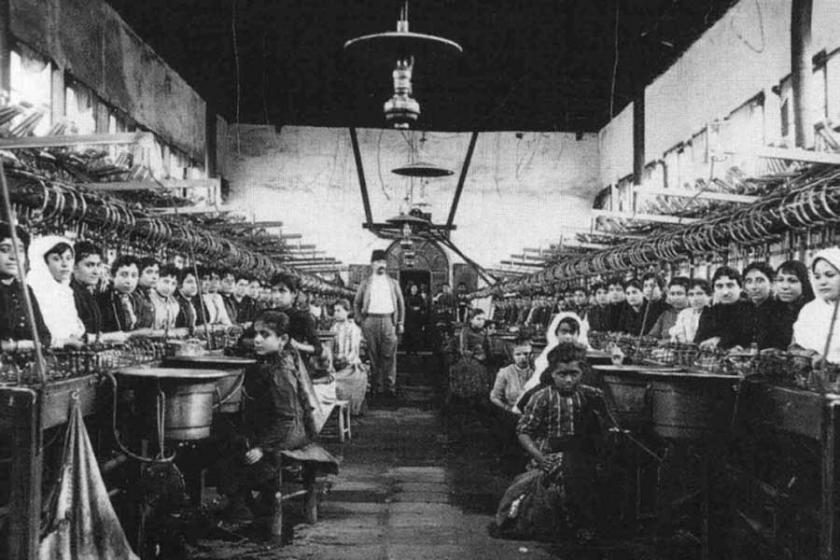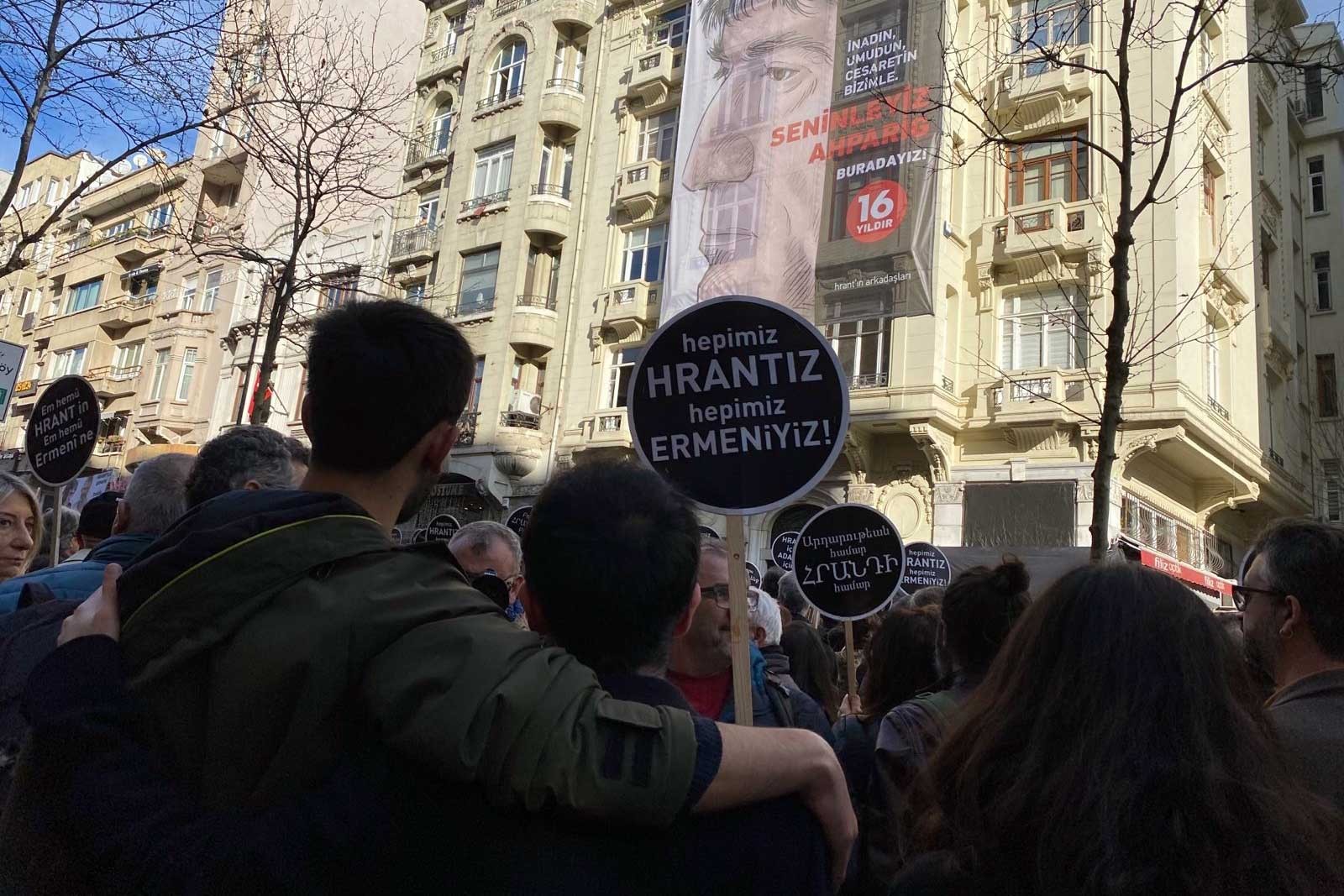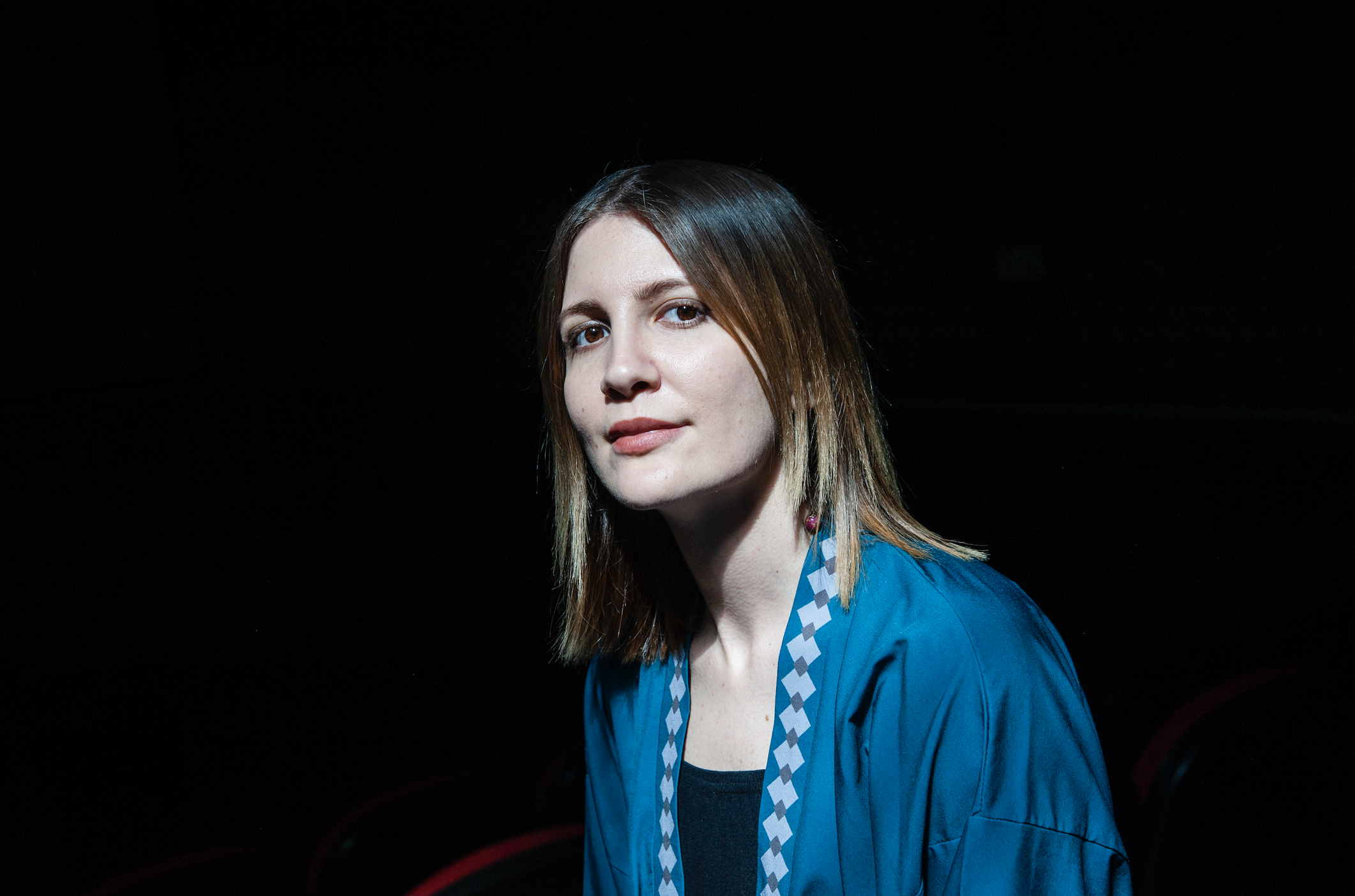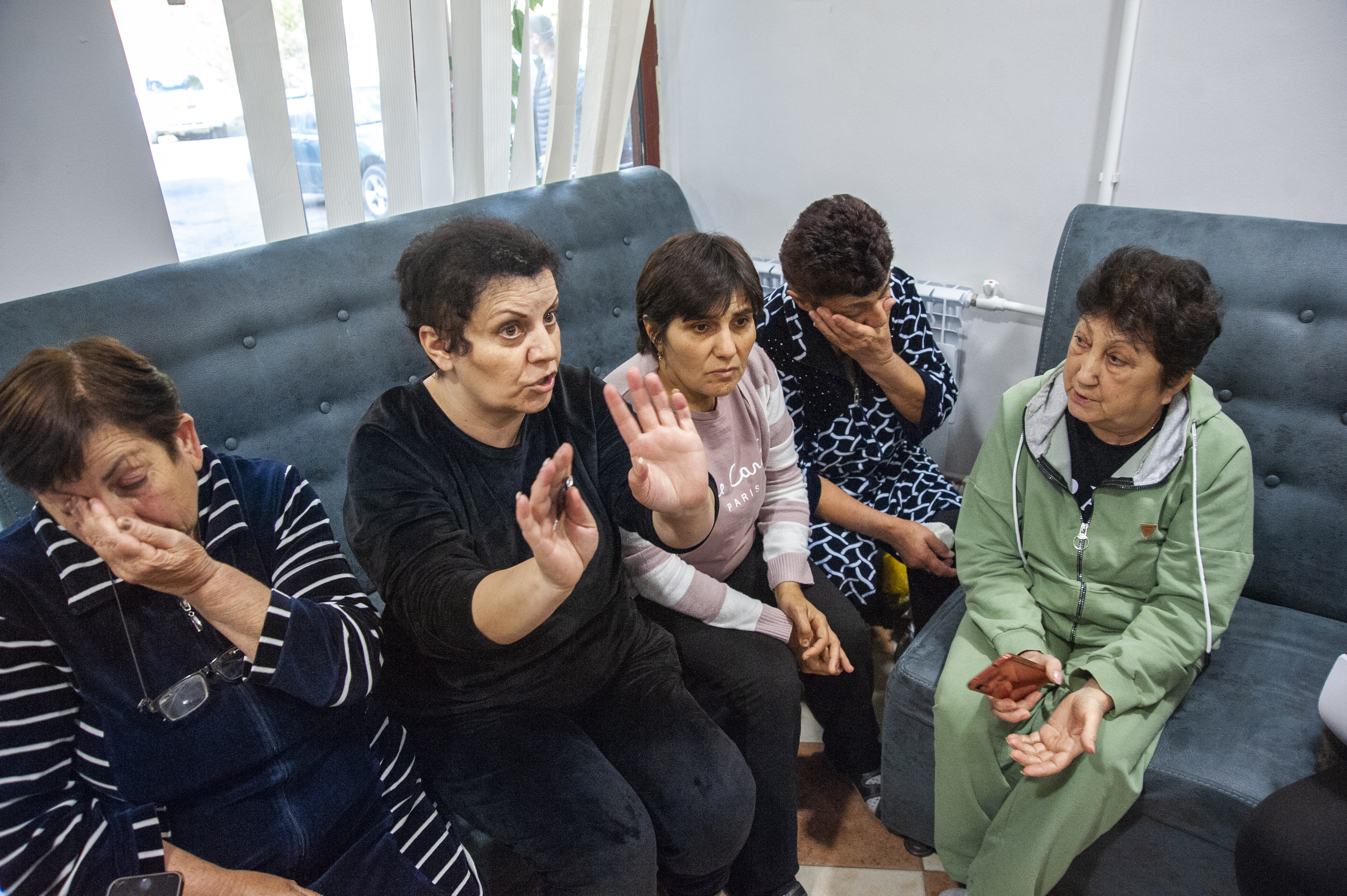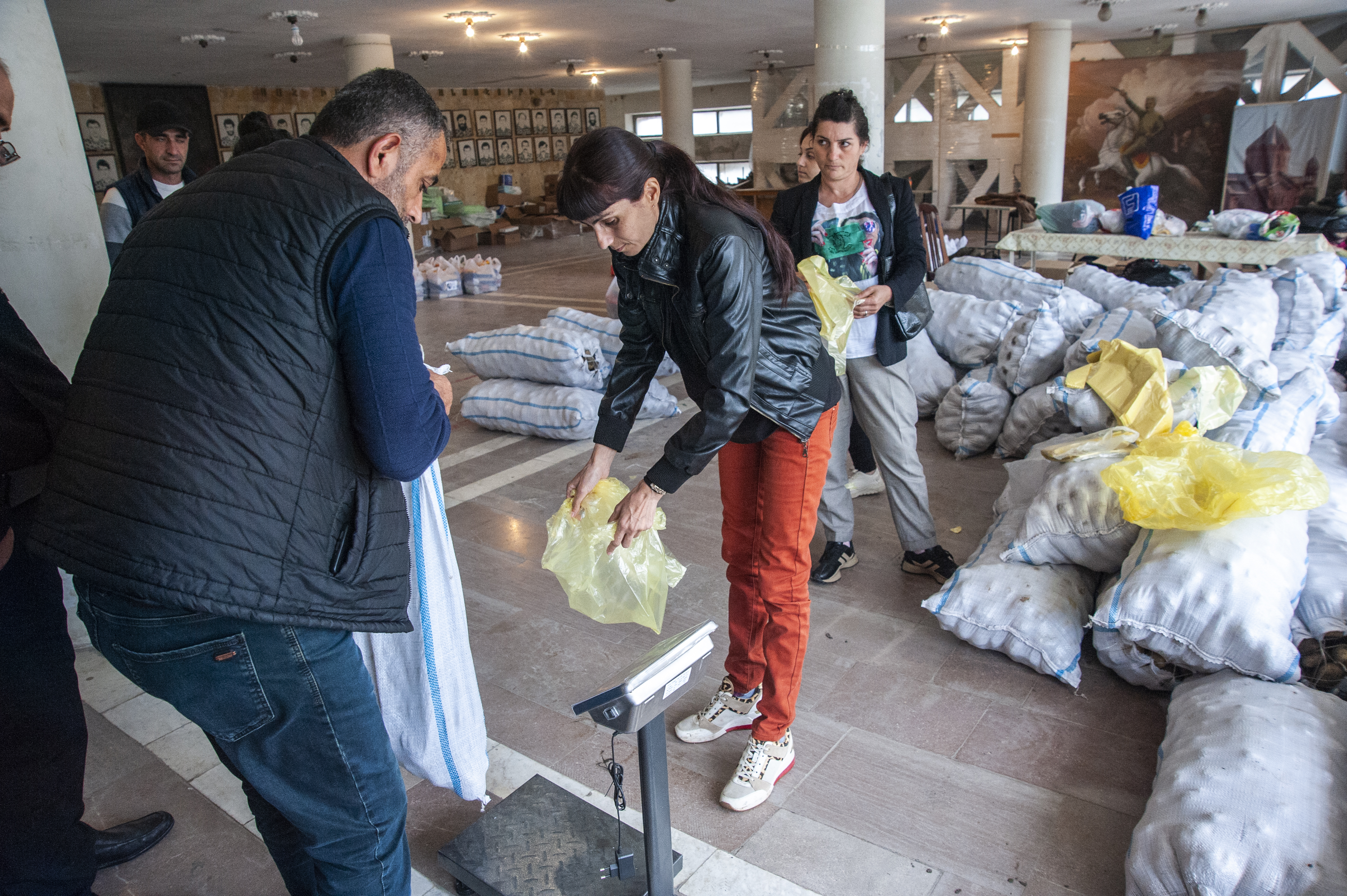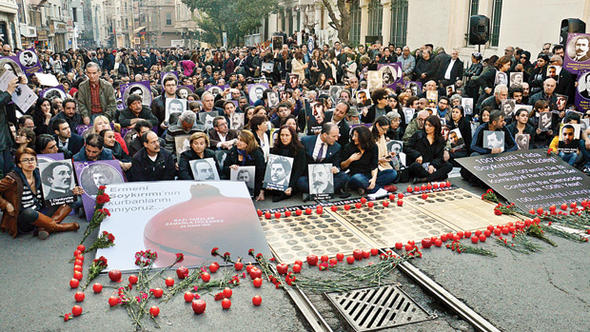SPECIAL REPORTS
Historical Phanar Greek Orthodox College Searching for Building
The fact that no new students were enrolled at Phanar Greek Orthodox College for the 2025-2026 academic year, had caused public repercussion. 31 students are currently receiving education at the 571-year-old school. On the other hand The Ministry of National Education announced that the building must be vacated within 90 days for reinforcement work. Principal Dimitri Zotos stated that they cannot afford the cost and are searching for a new building.
Assessing the Signifance of the August 8 Armenia-Azerbaijan documents
In view of the central role bilateral negotiations have played in reaching the signing of these documents, one wonders why have the two countries consented to give the credit to a third party and, for that matter to the US. The parties realize, certainly, that doing so would constitute a direct rejection of any role for Moscow. It appears that each of the two republics, Azerbaijan and Armenia, had one or more reasons to do so. For Armenia, this was the ultimate response to Russia’s failure to honor its bilateral; and multi-lateral commitments to Karabagh and Armenia beginning with the 2020 war. For Azerbaijan, it was, most probably, a combination of the need for Western acceptance of President Aliyev and his regime and Baku’s need for US support for new investments in its hydrocarbon economy.
Daughter of Hurmüz Diril, missing for five years: Our demand for justice is an urgent necessity to be met
Şimuni Diril, a Chaldean couple believed to have disappeared in the village of Mehre in Şırnak on January 7, 2020, was found murdered by their children on March 17. Hurmüz Diril, who turns 76 today, has been missing for five years. His daughter, Gülcan Diril Üzümcü, said, "My father's age remains 71. This is murder, and my father is missing. I do not accept its normalization. As Assyrians and Chaldeans, meeting our demand for justice is not a favor, but an urgent necessity."
A first in the history of the Republic: 29 graduates from a Syriac language course
The Syriac community in Turkey, which has only one kindergarten, is unable to benefit from the right to education in their mother tongue. Thanks to the initiative of Adem Coşkun, an expert on the Syriac people and president of the Turabdin Institute, the first Syriac language course in the history of the Republic was launched in March in Midyat. Coşkun, who taught 29 students over the three-month course, stated, “The Syriac people must preserve their mother tongue.”
Looking at a hundred years of workers
In the 19th century, as wage labour relations became widespread in different sectors, crafts, agriculture and then industry, both the capital and the working class in the Ottoman Empire, which, like every empire, was built on a class society, had a multi-communal, multi-religious and multi-lingual structure. According to Çetinkaya, there is a rupture that must be mentioned here: ‘the construction of the nation-state, the process of nationalisation and the extermination of different communities in various ways through methods such as ethnic cleansings, genocides and exchange’. This political project also meant cutting off important elements from the working class and the working class movement, and cutting the way for socialist and Marxist movements.
The psychology that minorities are pushed to, minorities in psychology
In which year was the first graduate thesis on the Kurdish issue in psychology? You are surprised by this much: 2009. This information is from the issue titled “Azınlığın Psikolojisi, Psikolojinin Azınlığı (Psychology of the Minority, Minority of Psychology)” of Onto magazine, which has been publishing online since 2013. The issue, which consists of nine articles and an interview with the team of Psychology Kurdî magazine, is also meaningful and thought-provoking for readers outside the field. Rudi Sayat Pulatyan's article titled “Identity Perceptions of Young Armenians from Turkey and the Assassination of Hrant Dink” is based on his thesis based on her own experiences. Hiding the cross, having a “safe” Turkish name next to the Armenian name are among the lively tendencies.
“The burden of the unspoken rests on our shoulders”
A series of events were organized as part of the 1000th week of Saturday Mothers' gathering in Galatasaray Square. One of them was the screening of a movie directed by Zelal Buldan, who was born on the day her father Savaş Buldan was killed. In the film 'About My Father: Catharsis', the director deals with her father, the silence that prevails at home due to her father's grief, and the search for ways to talk about the unspoken with her mother Pervin Buldan.
War is over, peace still far away
On September 19, Azerbaijan launched a military operation against Nagorno-Karabakh. A ceasefire was reached on September 20 as the Nagorno-Karabakh (Republic of Artsakh) administration accepted the conditions. Right after the ceasefire, Karabakh Armenians took refuge in Armenia. After the war that followed the 9-month blockade imposed by Azerbaijan on Nagorno-Karabakh, 100 thousand ethnic Armenians had to leave their homes and took refuge in Armenia along with only a few belongings. Some of the displaced Karabakh (Artsakh) Armenians had a place to go in Armenia. However, a significant portion of them found themselves homeless and without a future. Pakrat Estukyan and Berge Arabian from Agos, travelled throughout Armenia in a one-week journalistic trip, meeting with displaced persons and non-governmental organisations. Agos will publish Estukyan's impressions and Arabian's photos as a series of articles. This week's coverage features interviews and impressions from the last day of the trip to Armenia.
Losing the homeland once again
On September 19, Azerbaijan launched a military operation against Nagorno-Karabakh. A ceasefire was reached on September 20 as the Nagorno-Karabakh (Republic of Artsakh) administration accepted the conditions. Right after the ceasefire, Karabakh Armenians took refuge in Armenia. After the war that followed the 9-month blockade imposed by Azerbaijan on Nagorno-Karabakh, 100 thousand ethnic Armenians had to leave their homes and took refuge in Armenia along with only a few belongings. Some of the displaced Karabakh (Artsakh) Armenians had a place to go in Armenia. However, a significant portion of them found themselves homeless and without a future. Pakrat Estukyan and Berge Arabian from Agos, travelled throughout Armenia in a one-week journalistic trip, meeting with displaced persons and non-governmental organisations. Agos will publish Estukyan's impressions and Arabian's photos as a series of articles. This week's coverage features interviews and impressions from the third day of the trip to Armenia.
Public Commemorations of the Armenian Genocide in İstanbul: A light of hope?
In the early 2000s, the Armenian Genocide was commemorated publicly in Turkey. Today, it is not. Remembering changes those who remember. Drawing on archival research and interviews with people who participated in and even initiated such commemorations, I ask about the origins of such activism, what it represented, what happened, and what might come next. I then offer recommendations, in hope of deepening and making my own contribution to memory activism in Turkey.






